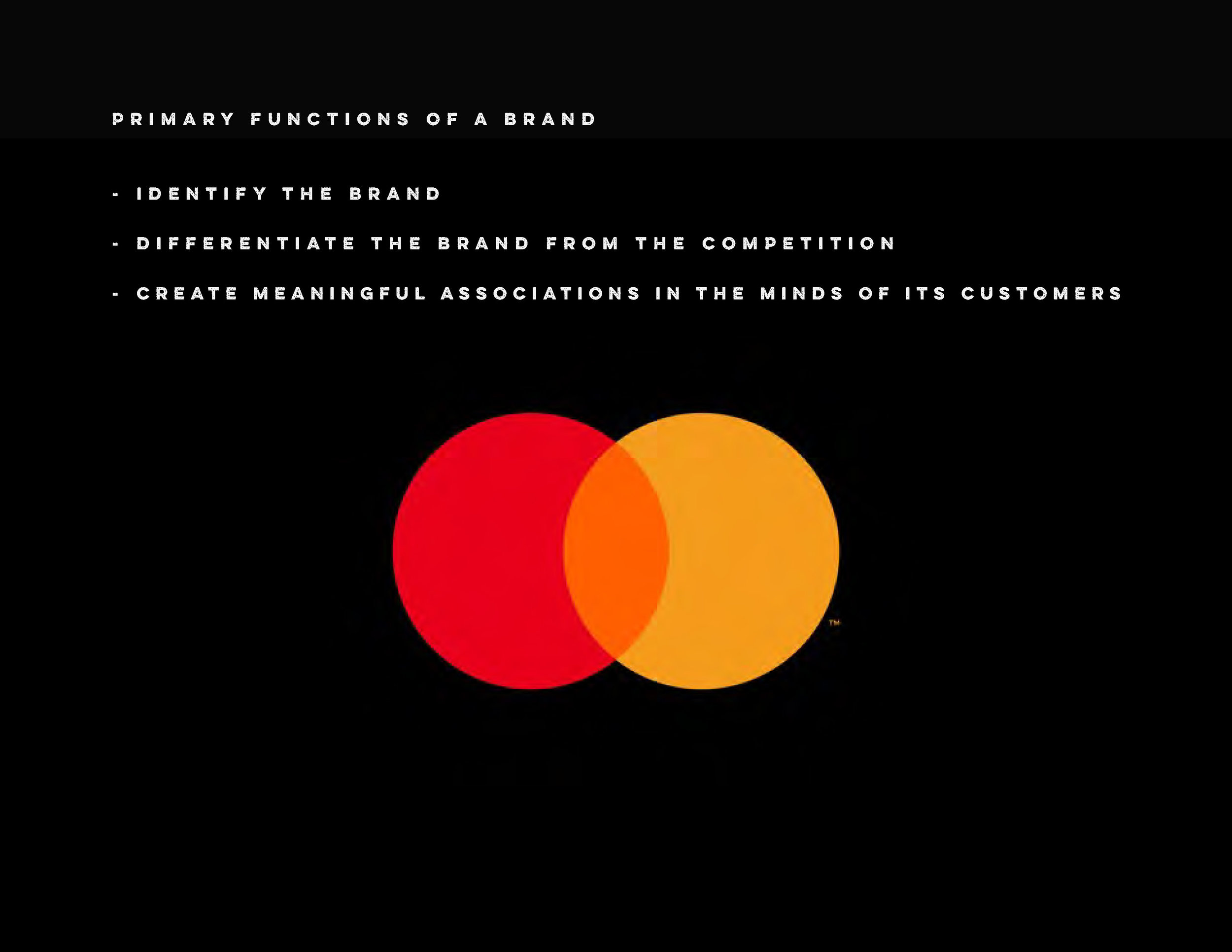“When I was a kid, you wanted a jacket you had to go to a tailor.”
“When I was a kid, you wanted a jacket you had to go to a store.”
“When I was a kid, you wanted a jacket you had to order it online.”
“I am a kid, and if I want a jacket… oh snap, jacket! I did like nothing and I have a jacket.”
Pre and Post-Millennials and multiple generations after millennials are still arguing over what to call themselves. Professionally we can group all of them into a bigger category we could call The F Generations; because as The New York Times notes, most don’t care what they’re called and don’t feel the shoe fits. What they do care about is a Frictionless product experience. If your company doesn’t get this, it will likely fall short, and if we work for such an organization, we will too.
Suddenly we also care about companies that stand for something; and if you’re Frictionless you’re standing up for us. (Or maybe them. Debate it later.)
Teens, twenties, now thirty and forty-somethings — we still continue to identify with this kid playing Jack(et) in a Box with a Uniqlo eKiosk. This kid, his older brother, and the generation moving into the workforce are different than those before them.
Marketers are surprised as they try to label behaviors by tech-enhanced age groups who are blurring traditional generational lines
The F Generations: Frictionless or 🙄.
On the other side of The F Generations, Gen-X parents and aging Millennials are deeply attracted to experiences that meet this “Frictionless” expectation. It’s an environment where experiences can be absorbed and enjoyed by all of us, sans-drama. But more on that later.
First, let’s talk about what we already know we’re selling: frictionless disruptive authentic empathetic tell-your-story branding. Only we'll cut through and talk about what is actually happening.
A brand is a promise — a promise that’s either kept or broken the moment a customer experiences a brand’s product or service. We know that to create strong brands, we design experiences that frame our promise through design strategy, customer journeys, built environments, and satellite service touchpoints like these.
A simple framework for all of that is that at every opportunity and in every detail, your brand should reflect three all-important Gen X-A characteristics:
Modern
Relevant
Active Culture
So we want to make sure that wherever we can we are injecting beautiful details that communicate innovation, activity, connection, and community. This supports your brand promise and promotes the frictionless promise:
A connected, human-scale [product] experience for a dynamic and technologically rich world.
Businesses that are killing it are taking this stuff seriously. It’s probably worth stating the obvious, that it helps to start with a great product — there's a lot of trash product out there hiding behind solid design strategy and frictionless web design, and they'll either improve the product iteratively or flame out along with their funding. But that's another blog post.
Here’s what’s critical: Leaders across departments need to engage with design experience as product DNA; and comprehend as well that “frictionless” is just the start, our new baseline, and really just one of five requirements for meeting Generation X-A expectations
Five requirements for meeting Generation X-A expectations
01. A Frictionless Experience
Clear, Concise, Intuitive
Pretty straight-forward, pun intended. We’ve all now seen a 7-year old kid with awesome hair buying a jacket at an eKiosk. Frictionless is just the start. A new baseline. To that point, the next four requirements are all tied to this frictionless state.
02. A Personalized Experience
Thoughtful, Considerate, Validating
While developing digital strategy, branding, web design (the whole thing, you get it) for an historic planetarium in Chapel Hill, I presented a mini-profile of a potential experience seeker: a mother on the go and looking for something to do at exactly that moment. She whips out her mobile device and she types in the URL. She's trying to get to very specific information as quickly as possible:
“What do you have that I can do with a 5 year old? What if I have to bring a 3 year old brother along for the ride?”
When in the planning process, customers make decisions based on problems they have to solve:
“I need something safe and fun to do that is cooled and indoors out of the rain, where my 5 year old can explore and my 3 year old won’t be overwhelmed or disinterested. They will get hungry at 4:15, so there will have to be food. And it can’t be mid-afternoon because it’s nap time.”
This woman has EIGHT different requirements, and she needs to get answers fast, while handling a crying baby, preparing to pick the oldest up from school, and trying to get the middle one dressed.
Here, you identify a dated UX failure and abandon traditional search — this woman doesn't want Google-style search results inside an institution’s website. We can solve this problem with a fast, simple search tool broken down into 3 components: What/Who/When.
This significant improvement to the user experience asks a user the most important question:
“Hello, how may I help you?”
If you give them a clear opportunity, people will help you help them.
Personalized UX asserts itself as a helpful agent from the moment a guest arrives. It illustrates clearly what a user needs to do to in order to find what they're looking for. It rearranges content in real-time in ways that help people as individuals.
03. A Unique Experience
Better, Memorable, Effective
How does your brand experience differ from competing experiences?
04. Enhance the Brand Promise
Enjoy your heritage, celebrate shared values, be consistent
Build loyalty by offering consistently great experiences.
Don't create trust issues.
Loyalty begins before purchase and ownership of an experience. Broaden outside of your typical space to give potential experience-seekers multiple opportunities to experience and advocate for your brand.
Build loyalty over time, so when the moment for a decision comes, you are their first thought and a dependable choice.
05. Connect Emotionally
Validate enthusiasm for your brand by championing your customer socially, adding quality to the community
The F Generations are growing up within the new social network. While kids under 10 may not be actively using these networks, their siblings and older school-age role models are, and they receive these messages on shows they enjoy. As a result, they feel more connected than any generation before them, don’t carry the same social biases, and aren’t challenged by borders on a map.
The F Generations are increasingly community focused and want to use their voices to create change. Businesses that thrive over the next 5-10 years will be those who directly integrate that opportunity into their product experience. When we give the customer a sense that they are creating change, they see us as a valuable part of the change paradigm.
Find ways for your brand (especially your brand’s website) to focus the creative energy of customers in ways that can be shared online, not just on your website, but on your customer's personal platforms.
Connect through shared values
Product narratives that make sense of the world convey meaning to others.
Across demographics, shared values give us something emotional to identify with, a feeling to attach to a logo or a name.
Take your brand into the territory of “beloved” by expressing the attributes that set it apart.
Tell stories that relate what your brand stands for to how customers live.
The First Principle of 💩 Bullshit 💩
The observation of more honest creatives over the past decade is that hot words like “EMPATHY” and “EXPERIENCES” and “FRICTIONLESS” and go-to phrases like “EVERY BRAND NEEDS A STORY” or “BRANDS SHOULD STAND FOR SOMETHING” are really just symptomatic reactions to a big picture need. Not every brand needs a story. Problems today require multi-tiered solutions that fully tend to a crazy range of customer needs.
Telling your story isn't the issue; the issue is connecting emotionally and telling a story is just one way of accomplishing that
“Being authentic” isn't critical to enhancing a brand’s promise; if it were, consumers wouldn’t line up to pay through the nose for USA Red “MAGA” hats made in Red China, and they would ditch brands like Apple, who pedal magnificent images of bullshit and sell billions in dongles and cases for phones that haven't innovated for nearly a decade.
Maybe the F in The F Generations stands for Fight
These customers want us to fight the echo chamber. To pursue a complete, holistic, disruptively creative approach to brand strategy. To help grow F Generations’ frictionless values. Because, in the end, asking “How do we make this a better fit for people?” and “How can we make something disruptively newer and better?” isn’t empathy or an attention-grabbing story, it’s just good design.
We can do more to help our companies and brands bind people together. We can do more to meet expectations across generations. By doing these things, we incrementally increase profits for all involved.







